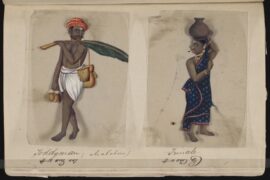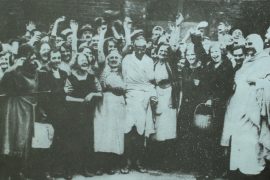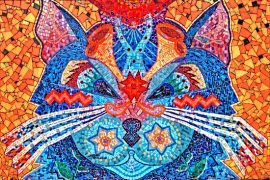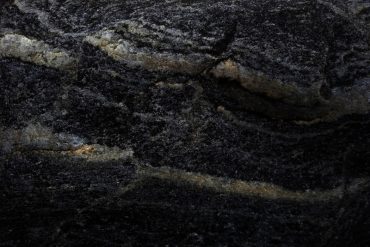For many, the city of Mosul is infamous for being under ISIS-controlled territory for three horrifying years. But like much of Iraq, its legacy and history are far older than the current scenario of war and terrorism.
For centuries, the finest cloth in the world took its name from this city of Mosul, where Muslin is popularly believed to have been first weaved. In truth, Mosul was just the first city that Europeans (notably Vasco de Gama) encountered the fine cloth in – it’s now said to have been first weaved in Dhaka in modern day Bangladesh. Its earliest mention is of the unique weave called ‘Jamdani’ in the Arthashastra, where it’s mentioned to have come from Bengal.
In the 17th century, Muslin was among the finest gifts you could give. It’s said that an entire sari of Dhakan cloth could be made to fit inside a single matchbox. Other authors gave it names like Ventus Textila or ‘Fabric like Wind’ – and warned women against wearing it with nothing underneath. In the seventh century A.D., the Chinese traveller Yuan Chang called it the “light vapours of dawn.”
Perhaps its greatest tribute came from Amir Khusrau, who versed:
Copyright©Madras Courier, All Rights Reserved. You may share using our article tools. Please don't cut articles from madrascourier.com and redistribute by email, post to the web, mobile phone or social media.Please send in your feed back and comments to editor@madrascourier.com











